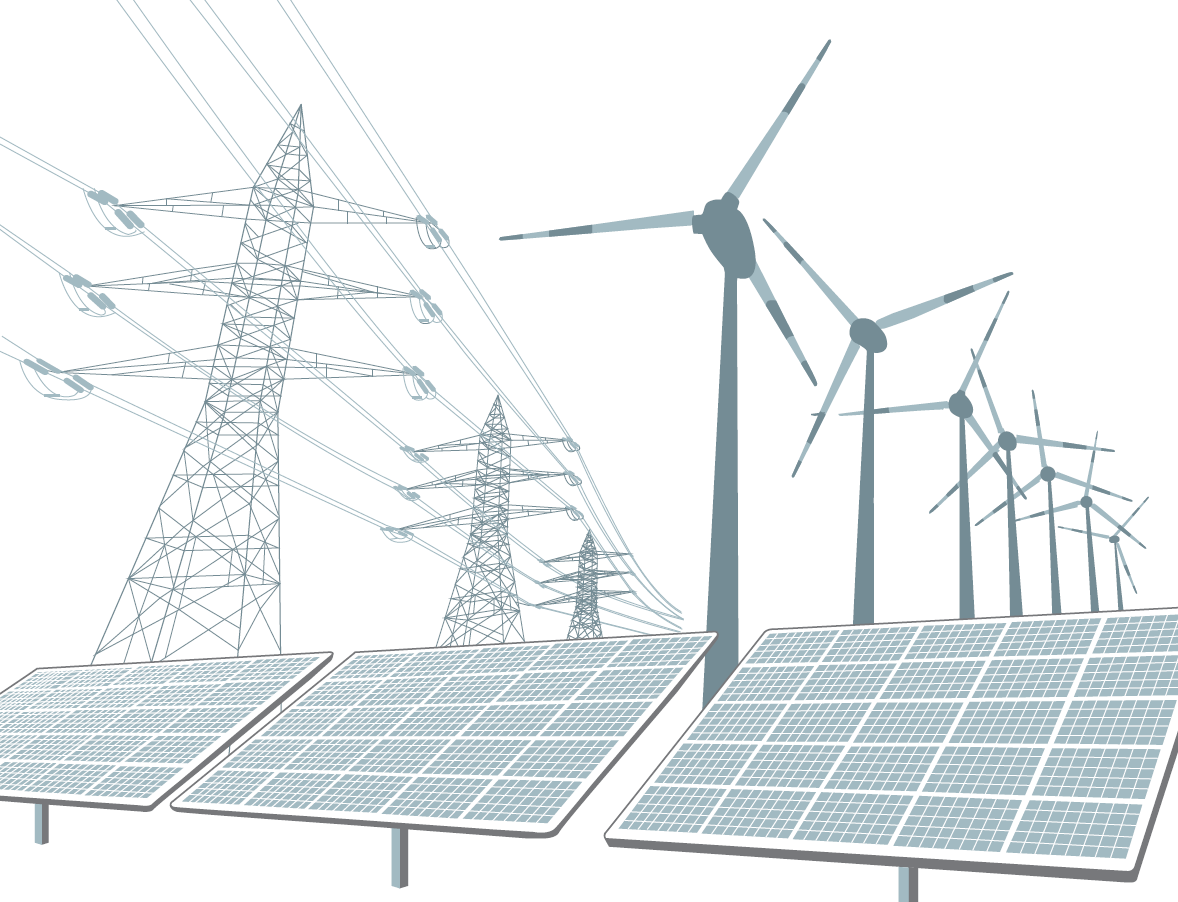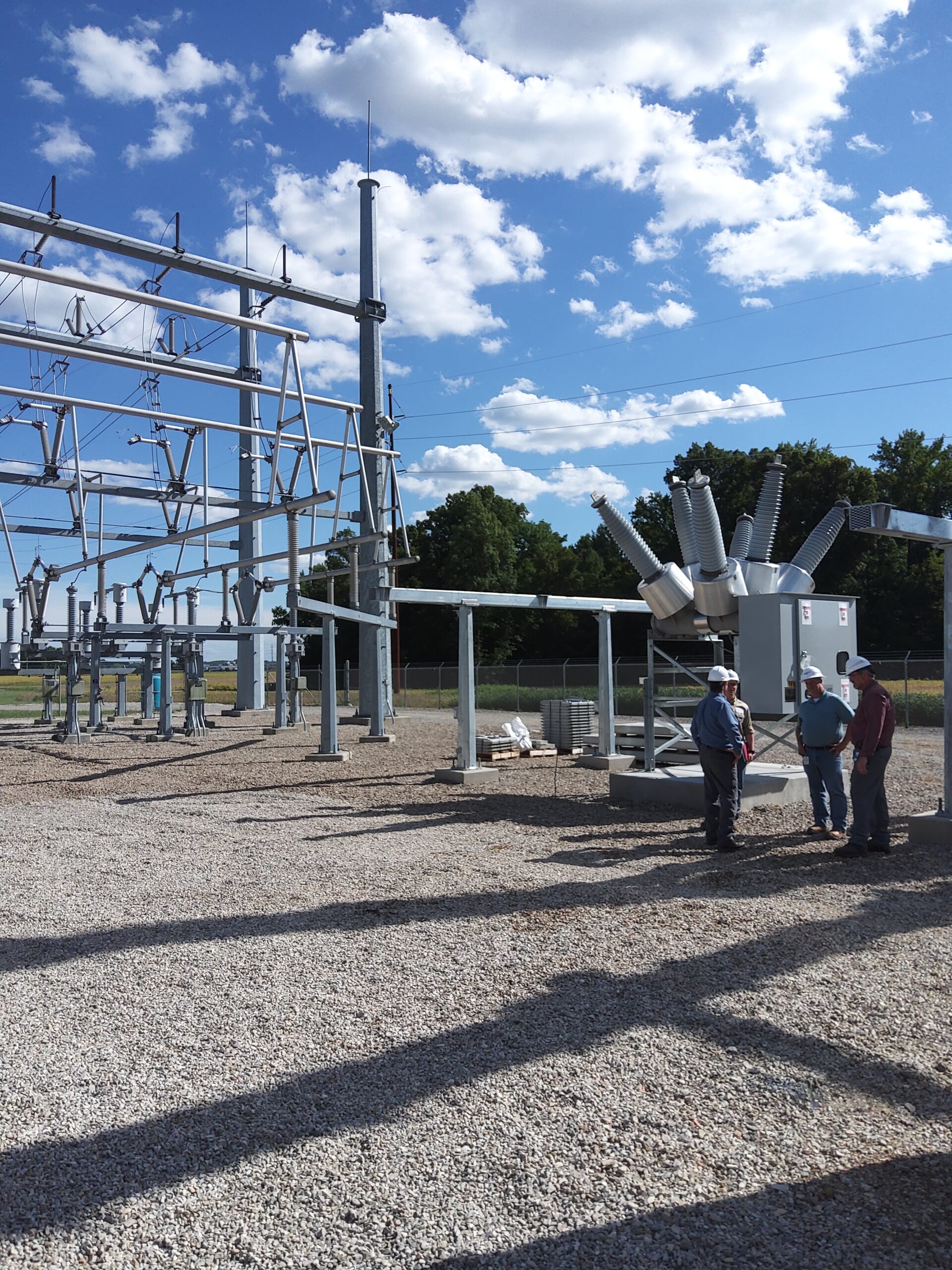To Inject or Not to Inject: Navigating Low Voltage Circuit Breaker Testing for Optimal Maintenance
Overview NEI excels beyond high-voltage engineering design; our expertise extends to understanding maintenance of low-voltage equipment—an often overlooked but crucial…






